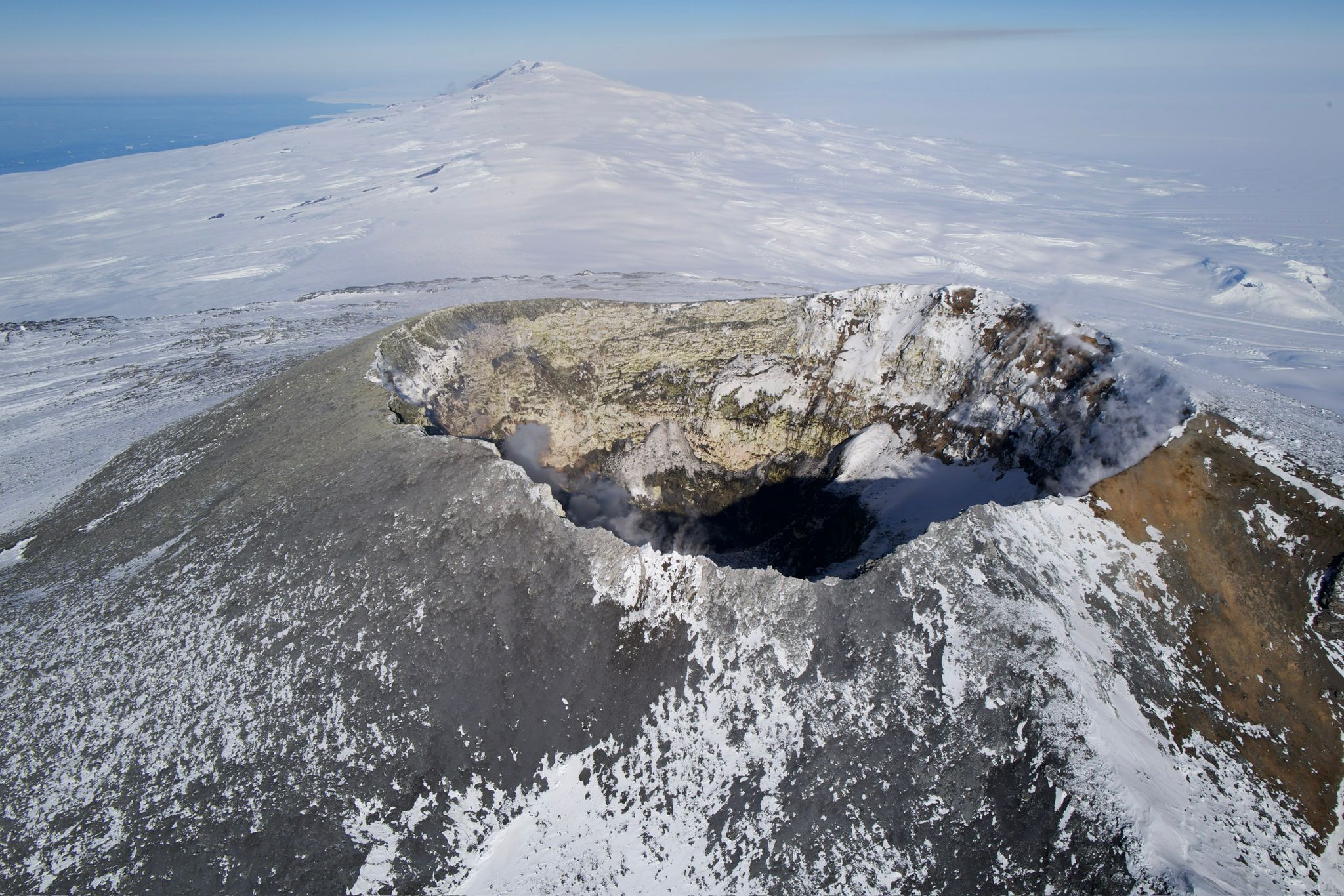From Mario Zucchelli to Cape Crozier: A Journey Through History
Our departure from Mario Zucchelli Station tested our limits, with wind conditions at Browning Pass pushing our operational boundaries.
Despite the challenging start, clear skies for most of the flight provided safe passage for our transit, culminating in a successful arrival at Cape Crozier in a more cloudy area, in the shadow of Mount Erebus and Mount Terror.
During our stay, we seized the opportunity to conduct a scenic flight around Mount Erebus and Terror, adding another remarkable experience to our expedition. The flight offered perspectives of the same dramatic landscape that captivated the earliest Antarctic explorers over a century ago.
Historical Significance
Our presence at Cape Crozier carries special meaning, as we stand where Captain Scott’s Discovery Expedition first landed on January 22, 1902. The historic landing saw Scott, Edward Wilson, and Charles Royds scaling these same slopes, where they observed both the Barrier surface and the substantial Adelie penguin colony that still thrives here today.
The site holds particular historical importance, marked by the location of an original message post—now designated as Historic Site or Monument (HSM 69). This simple box, once holding a metal message cylinder for potential relief ships, stands as a testament to the early days of Antarctic exploration. Its preservation, supported by New Zealand, Norway, and the United Kingdom, connects us to those first brave steps on these shores.

